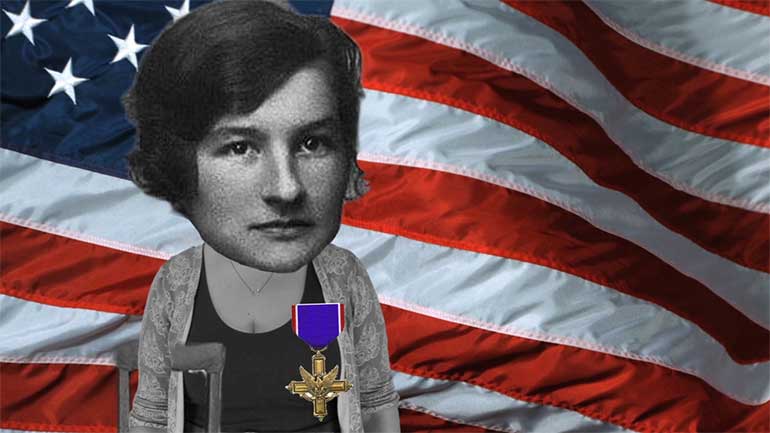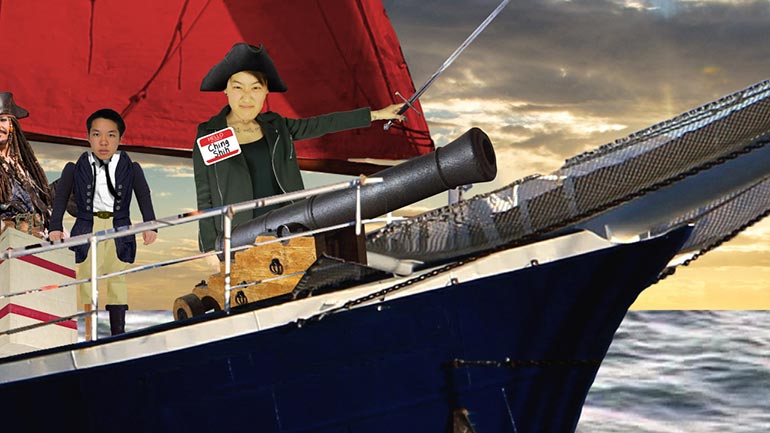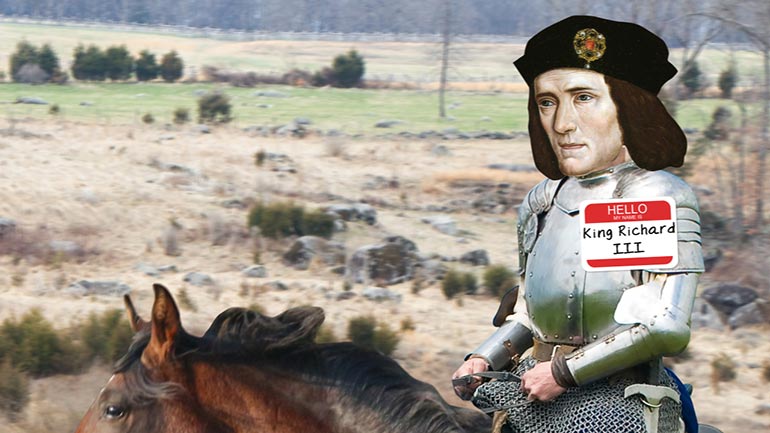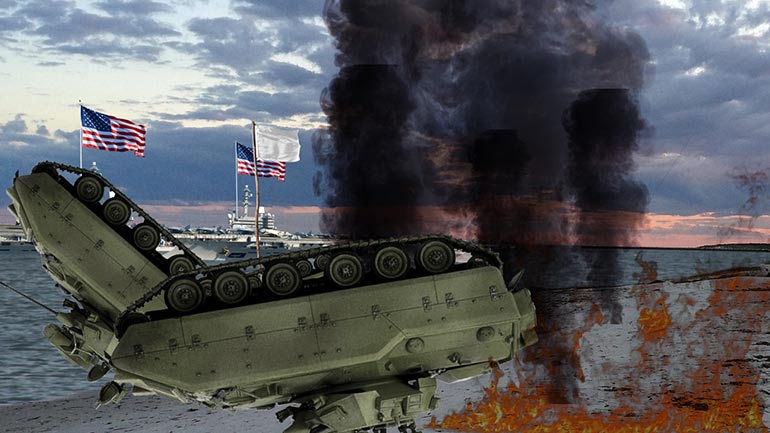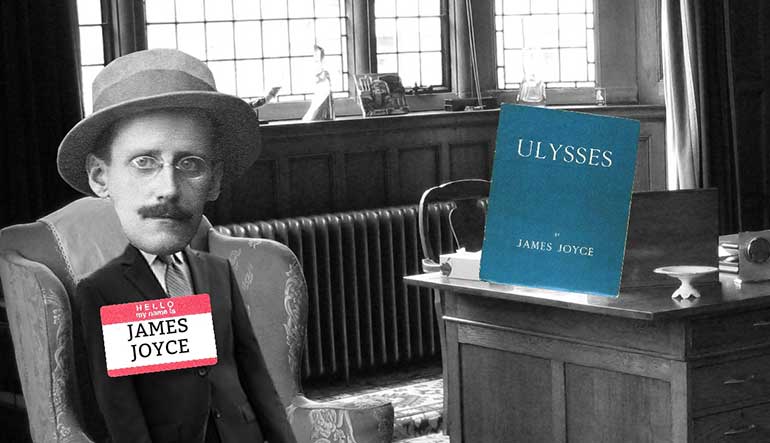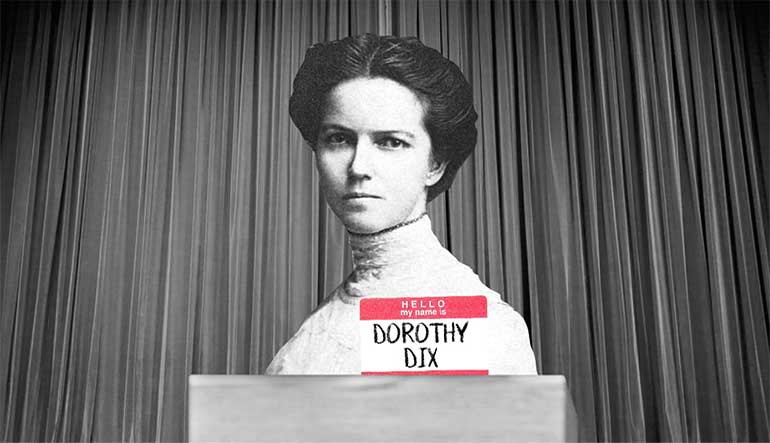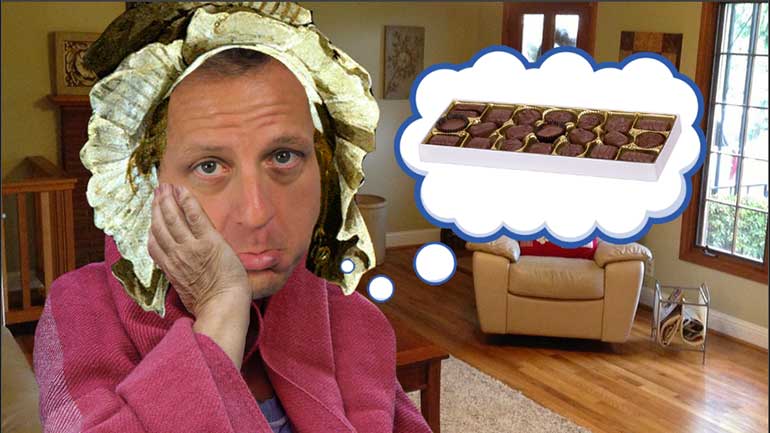ShmoopTube
Where Monty Python meets your 10th grade teacher.
Search Thousands of Shmoop Videos
History Trivia Videos 32 videos
Who was Virginia Hall, and how did she give Wonder Woman a run for her money? Hit play to find out.
History Trivia: Rosetta Stone Discovery 42 Views
Share It!
Description:
In 1799, one of Napoleon's captains uncovered what is today known as the Rosetta Stone, and delivered it to his superior. And that, everyone, is how Napoleon learned to speak Mandarin.
Transcript
- 00:00
Thank you We sneak in the seventeen seventies there was
- 00:05
the french general napoleon bonaparte who wanted to take over
- 00:10
the world So the british empire and the french were
- 00:14
like arch nemesis And they both wanted control of europe
- 00:18
Europe was vastly important to them Napoleon was smart though
Full Transcript
- 00:21
he was kind of intimidated by the british empire So
- 00:25
he wanted to challenge them But he didn't want to
- 00:27
kind of attack directly So what He decided to dio
- 00:30
wass interrupt their trade routes between britain and india which
- 00:35
would you know cut off supplies cut off severely annoy
- 00:40
them And so to do that he decided to take
- 00:42
over parts of the middle east So he decided to
- 00:45
invade egypt Egypt at the time was ruled by the
- 00:48
ottoman empire napoleon to gather support He sold it to
- 00:53
the front as a chance for historical and scientific Avery
- 00:57
so it's probably like let's do it for science And
- 01:01
i guess he got plenty of support to do it
- 01:03
because he went ahead and invaded So there you go
- 01:05
He ordered the commander's teo just grab and go mainly
- 01:08
focusing on precious artifacts one day of his french army
- 01:12
Captain was in the town of rosetta and he was
- 01:14
ordering his troops and he was just like go tear
- 01:17
down this wall just somewhat or no it won't demolishes
- 01:20
wall i don't want to hear any more i don't
- 01:23
like it and then he noticed wait hold up there's
- 01:26
this big black rock with writing on it let's go
- 01:29
check with that His first might be important Turns out
- 01:32
it was it was the biggest archaeological find pretty much
- 01:36
ever this rock that this french army captain discovered what
- 01:40
ended up being called the rosetta stone They're rosetta stone
- 01:42
contained three different languages on it It has egyptian higher
- 01:45
cliff ix egyptian lettering and also ancient greek it's super
- 01:49
convenient right Oh just wait there's more at the time
- 01:53
no one knew how to read hybrid olympics That was
- 01:55
basically a thing that scholars increased still new and everybody
- 01:59
else just like you old fogeys keep your higher olympics
- 02:04
I'm going to use this newfangled letter thing So the
- 02:08
last sons on the slab super important said something along
- 02:12
the lines of yo just so you know this is
- 02:17
the same sentence repeated in three different language Btw so
- 02:21
pretty important just like a little like side note They
- 02:24
like hey helping out her french scholar jean francois champollion
- 02:30
He was the first one to translate it and figure
- 02:33
it all out broke The code was a rock star
- 02:38
So you think about it kind of in a roundabout
- 02:40
way and napoleon was sort of responsible for the discovery
- 02:43
of it which i'm sure is what he told people
- 02:46
of dinner parties until he died But by eighteen o
- 02:48
to the british empire actually did take back over and
- 02:52
had control of egypt The rosetta stone was then shipped
- 02:55
off to london and put in the british museum of 00:02:57.93 --> [endTime] london and it's still there today
Related Videos
GED Social Studies 1.1 Civics and Government
When you're about to marry the love of your life, not many things could stop you. However, finding out that your future hubby is keeping his crazy...
Here at Shmoop, we work for kids, not just the bottom line. Founded by David Siminoff and his wife Ellen Siminoff, Shmoop was originally conceived...
ACT Math: Elementary Algebra Drill 4, Problem 5. What is the solution to the problem shown?


